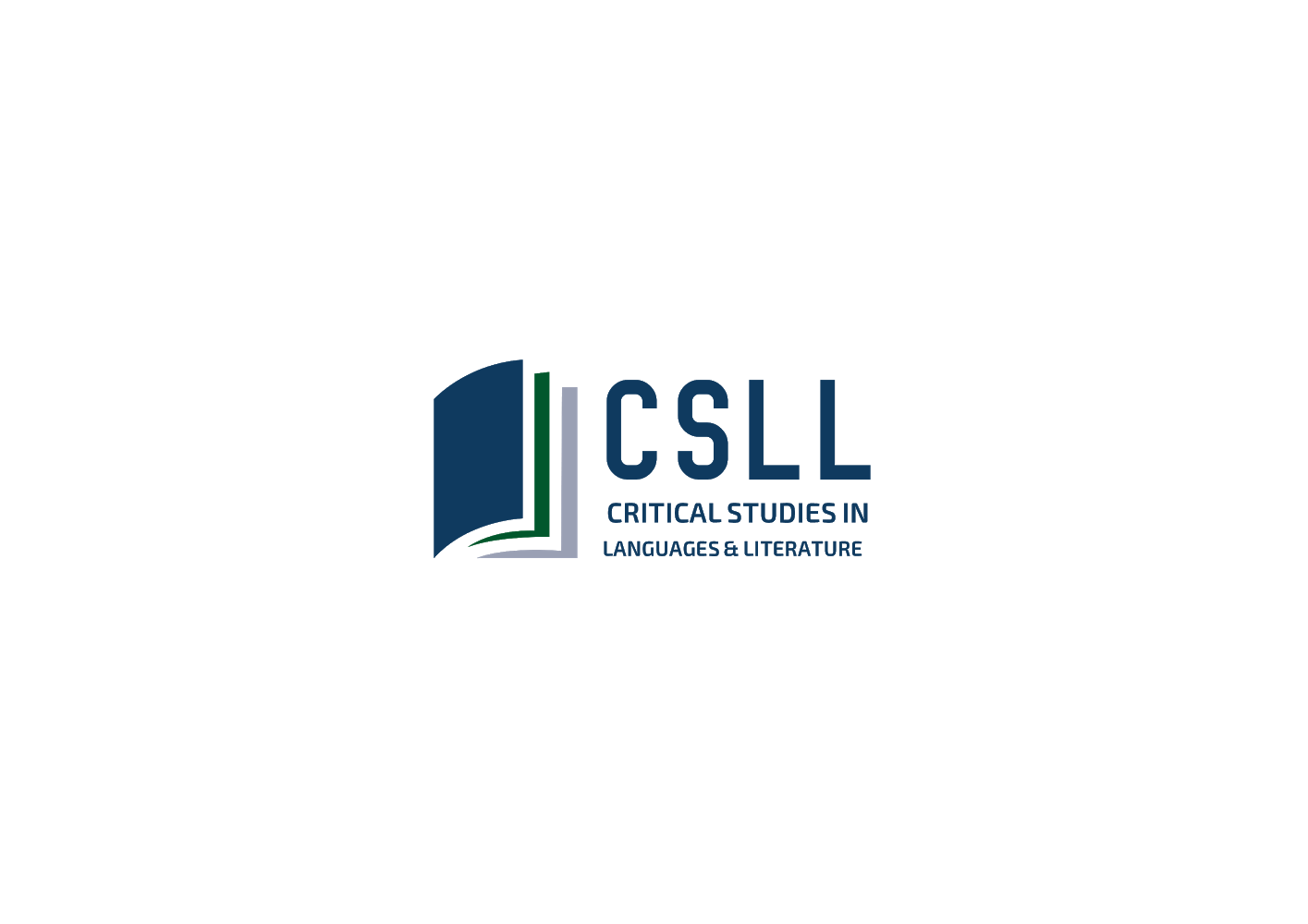| Original Research | ||||||||||||||||||||||||||||||
CSLL. 2019; 1(1): 33-60 Typically & Usually- An Empirical Corpus Based Study Eseel Al-sammarraie.
| ||||||||||||||||||||||||||||||
| How to Cite this Article |
| Pubmed Style Eseel##Al-sammarraie|. Typically & Usually- An Empirical Corpus Based Study. CSLL. 2019; 1(1): 33-60. doi:10.5455/CSLL.13764/Typically.and.Usually Web Style Eseel##Al-sammarraie|. Typically & Usually- An Empirical Corpus Based Study. https://www.criticalstudiesinlanguagesandlit.design/?mno=13764 [Access: January 01, 2025]. doi:10.5455/CSLL.13764/Typically.and.Usually AMA (American Medical Association) Style Eseel##Al-sammarraie|. Typically & Usually- An Empirical Corpus Based Study. CSLL. 2019; 1(1): 33-60. doi:10.5455/CSLL.13764/Typically.and.Usually Vancouver/ICMJE Style Eseel##Al-sammarraie|. Typically & Usually- An Empirical Corpus Based Study. CSLL. (2019), [cited January 01, 2025]; 1(1): 33-60. doi:10.5455/CSLL.13764/Typically.and.Usually Harvard Style Eseel##Al-sammarraie| (2019) Typically & Usually- An Empirical Corpus Based Study. CSLL, 1 (1), 33-60. doi:10.5455/CSLL.13764/Typically.and.Usually Turabian Style Eseel##Al-sammarraie|. 2019. Typically & Usually- An Empirical Corpus Based Study. Critical Studies in Languages and Literature, 1 (1), 33-60. doi:10.5455/CSLL.13764/Typically.and.Usually Chicago Style Eseel##Al-sammarraie|. "Typically & Usually- An Empirical Corpus Based Study." Critical Studies in Languages and Literature 1 (2019), 33-60. doi:10.5455/CSLL.13764/Typically.and.Usually MLA (The Modern Language Association) Style Eseel##Al-sammarraie|. "Typically & Usually- An Empirical Corpus Based Study." Critical Studies in Languages and Literature 1.1 (2019), 33-60. Print. doi:10.5455/CSLL.13764/Typically.and.Usually APA (American Psychological Association) Style Eseel##Al-sammarraie| (2019) Typically & Usually- An Empirical Corpus Based Study. Critical Studies in Languages and Literature, 1 (1), 33-60. doi:10.5455/CSLL.13764/Typically.and.Usually |








